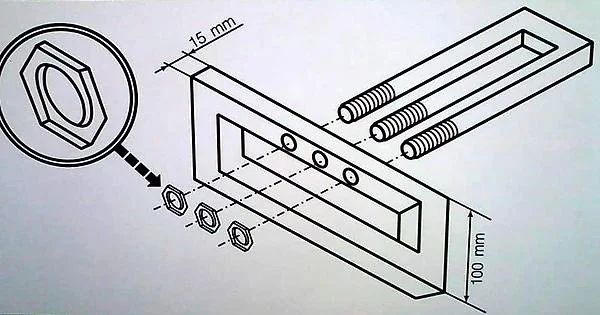Have you ever spent hours wrestling with a flat-pack and instructions that seem written in hieroglyphics? We’ve all been there. But have you ever considered the challenges of crafting clear assembly instructions? It’s more than just listing steps; it’s about anticipating every potential user’s questions and creating a smooth, frustration-free experience.
As a manufacturing engineer, I have experience in the world of instructional design and the complexities of writing clear assembly instructions.
Understanding your audience is the first step to writing clear instructions. Who will be using them? Are they experienced DIYers or novices tackling their first furniture assembly project?
When considering your audience, avoid jargon or industry-specific terms. Explain technical concepts in simple language. Don’t assume users know how to use specific tools. Briefly explain their function and proper use. Additional training may be necessary prior to having the worker jump on the line.
A picture is worth a thousand words, especially when it comes to assembly instructions. Effective visuals can significantly enhance clarity. Ditch grainy, black and white diagrams and use high-quality illustrations with clear labeling and step-by-step visuals. Guide users through the process with arrows pointing to specific components and circles highlighting key areas.
The language you use plays a crucial role in user comprehension. Clear and concise language is essential. Use concise sentences and avoid overly complex language. Use active voice for clear and actionable instructions. For example, say “Insert the screw, P/N XYZ” instead of “The screw should be inserted”. Always include units with measurements (e.g., 5 cm, 2 lbs). Instead of saying “tighten securely,” specify a torque value or hand-tightening instructions.
The best way to ensure clear instructions is to test them on real users. Ask someone unfamiliar with the product to follow your instructions. Observe their process and identify any areas of confusion. Be prepared to revise and refine your instructions based on user feedback.
Clear work instructions are an often-overlooked aspect of product design, but they can significantly impact user experience. By following these tips and embracing a user-centric approach, you can create instructions that empower users to assemble your product with confidence and minimal frustration.
I’d love to hear about your experiences with well written and poorly written work instructions.

